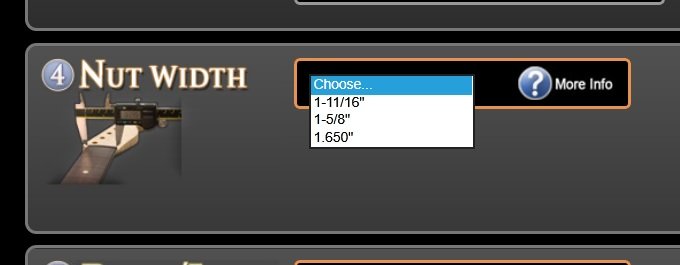- Messages
- 3,871
Ninja00151 said:Aaron, I really value your opinion. Im a smaller/thinner person with small/medium thin fingered sized hands.
Besides being a smaller/thin person, you're obviously a very intelligent person.
Ninja00151 said:I'm planning on a 24.0" mustang neck with a 59" back profile. Before I was set on 1 5/8 nut width, but now I don't know if I should go with 1 5/8 or 1.650.
Which one do you prefer?
For the 59 Roundback profile I would go with 1-5/8". The active word in that name is "Roundback"....it starts to feel big pretty quickly. All my personal necks are 1-5/8" Wolfgang, but I'm looking forward to trying a 1.650" Wolfgang.



